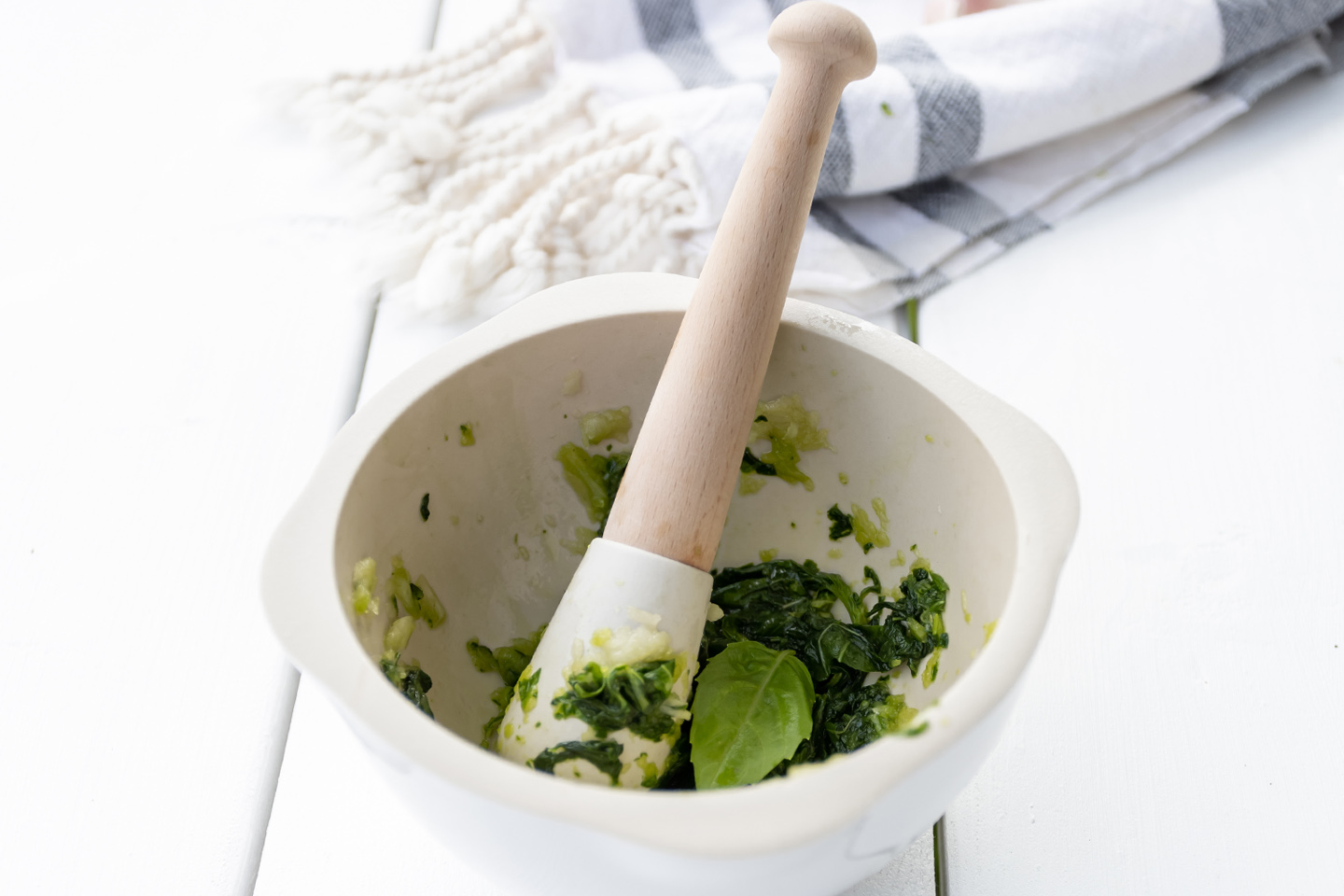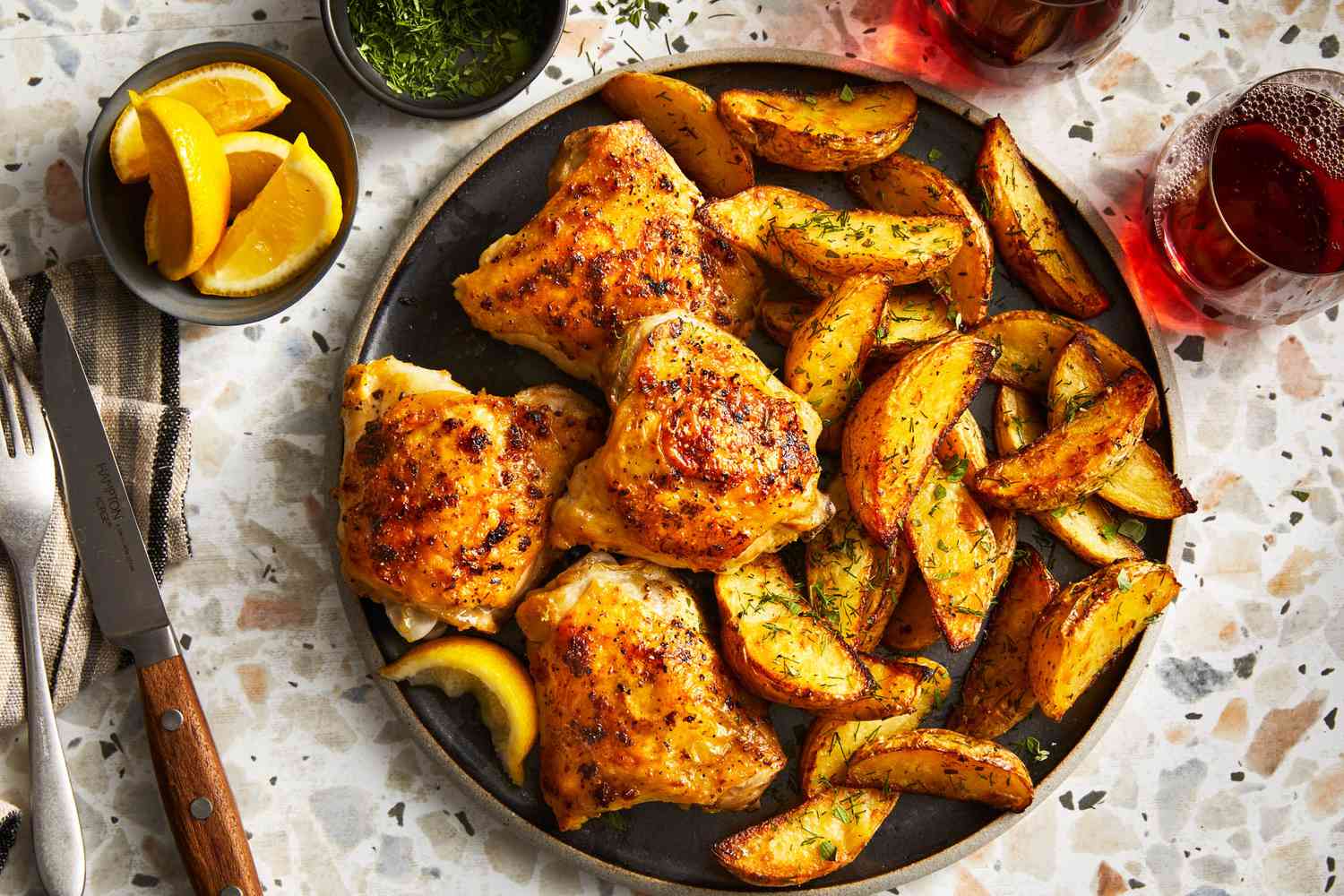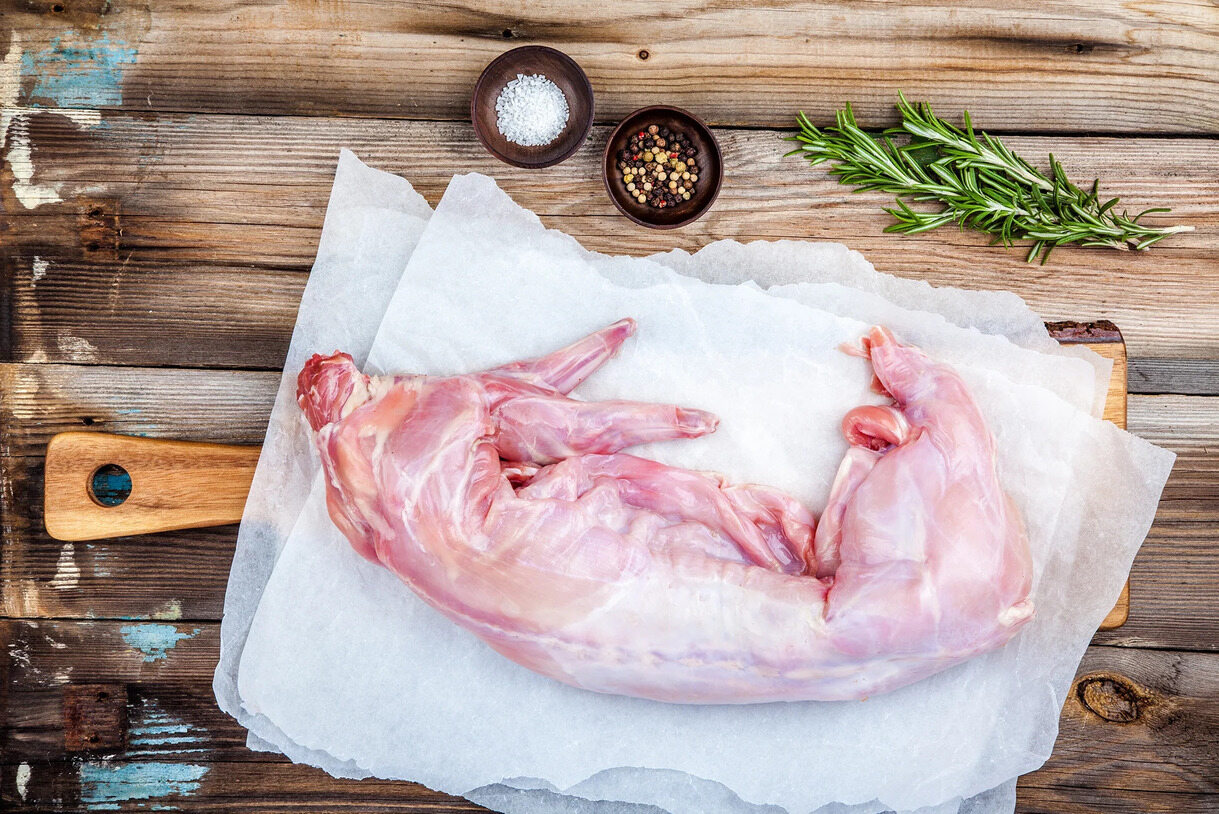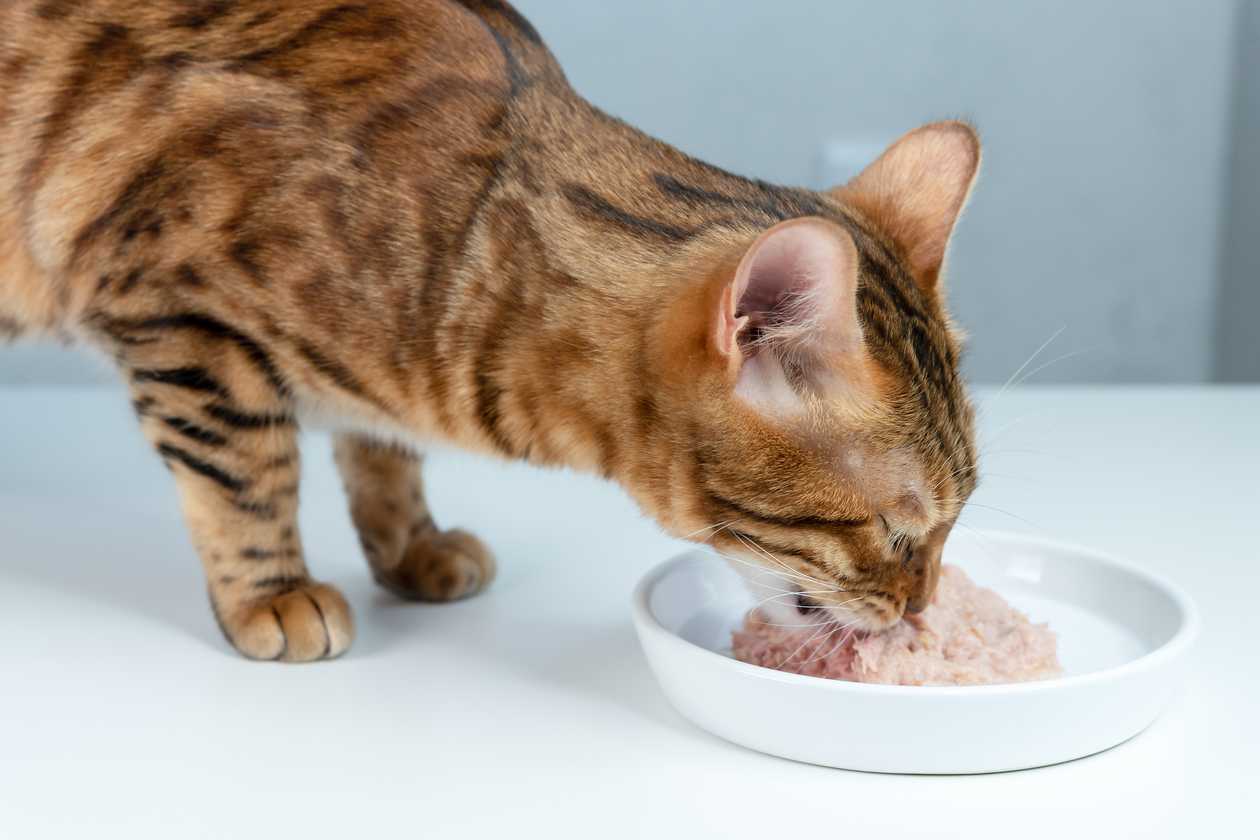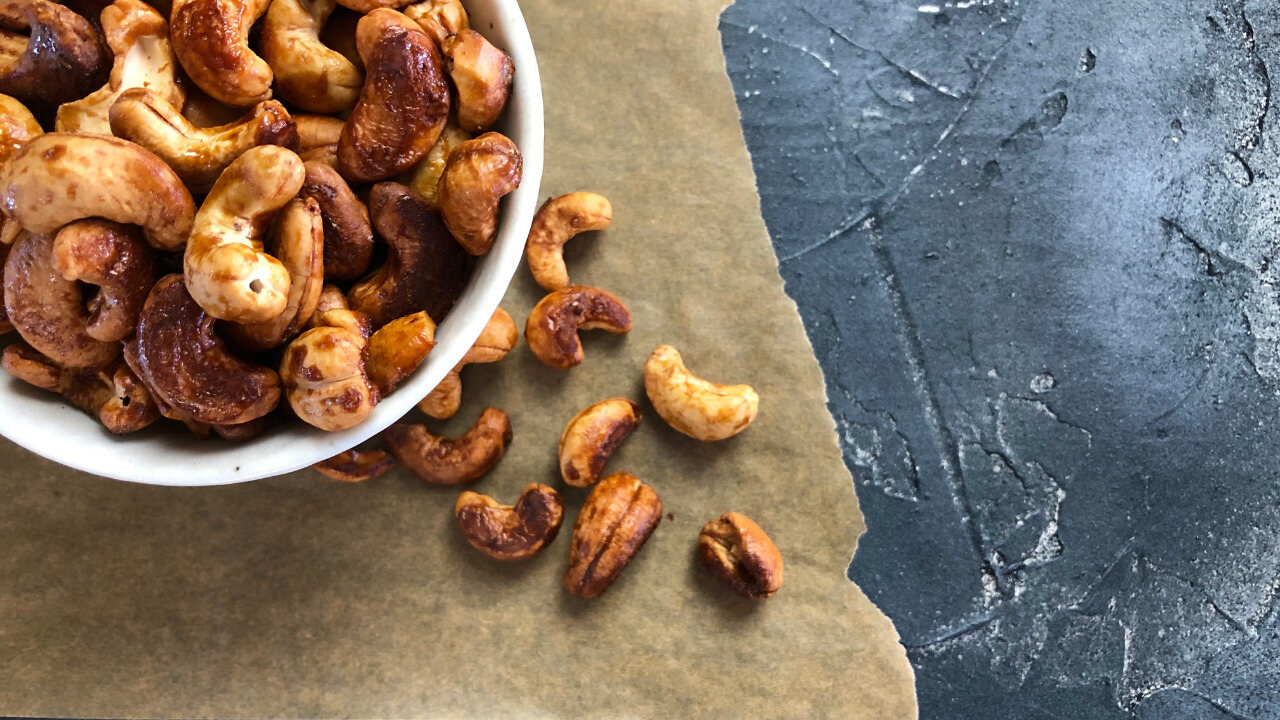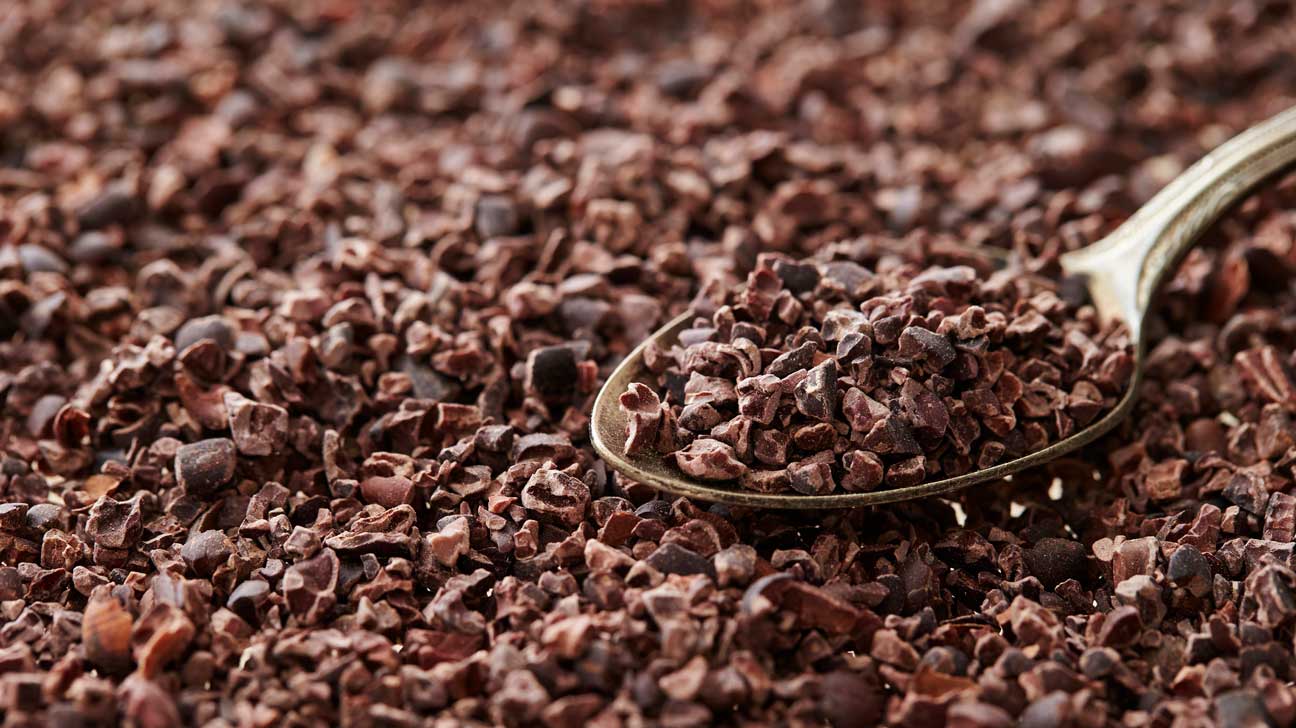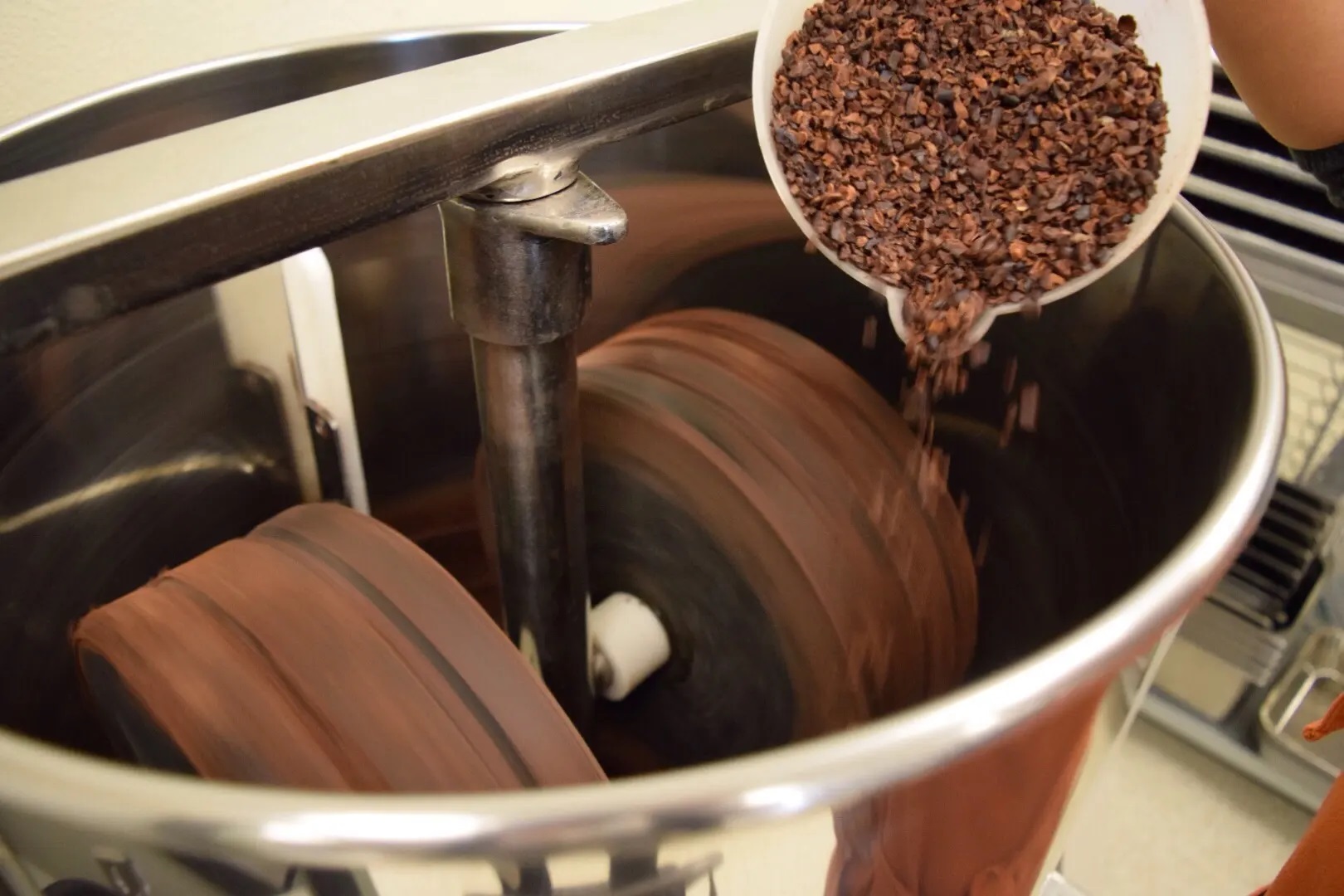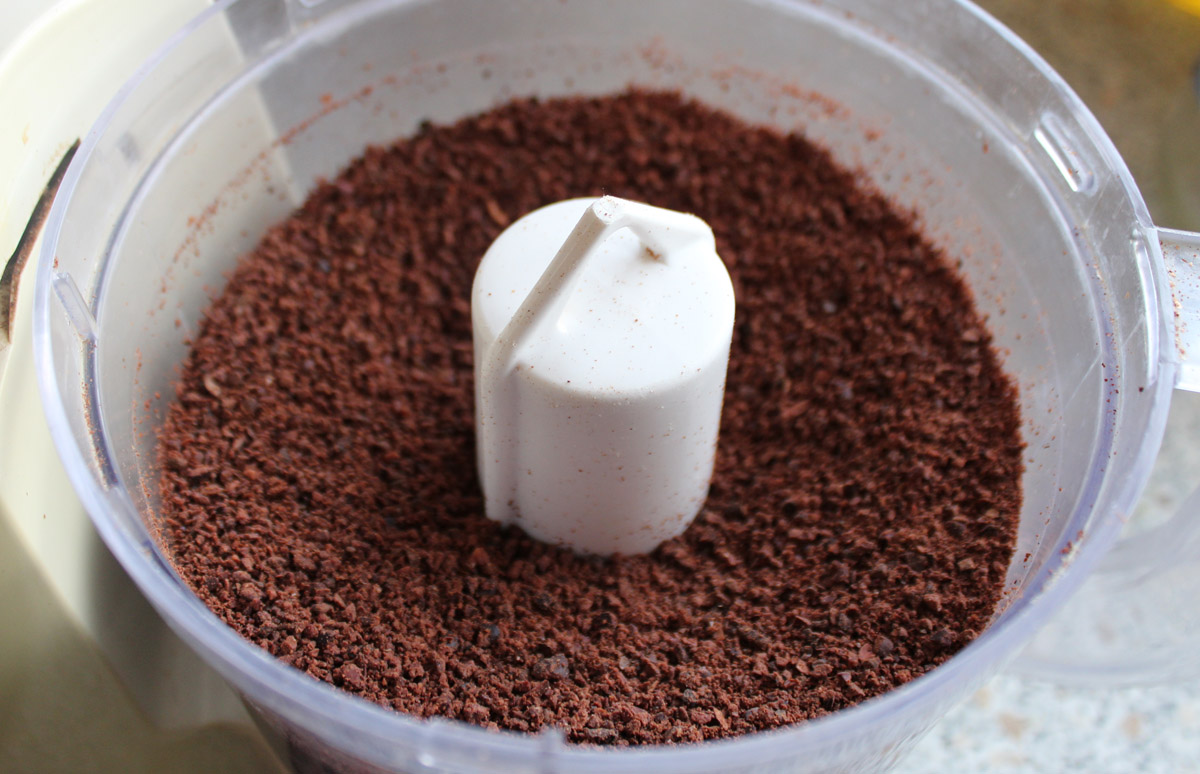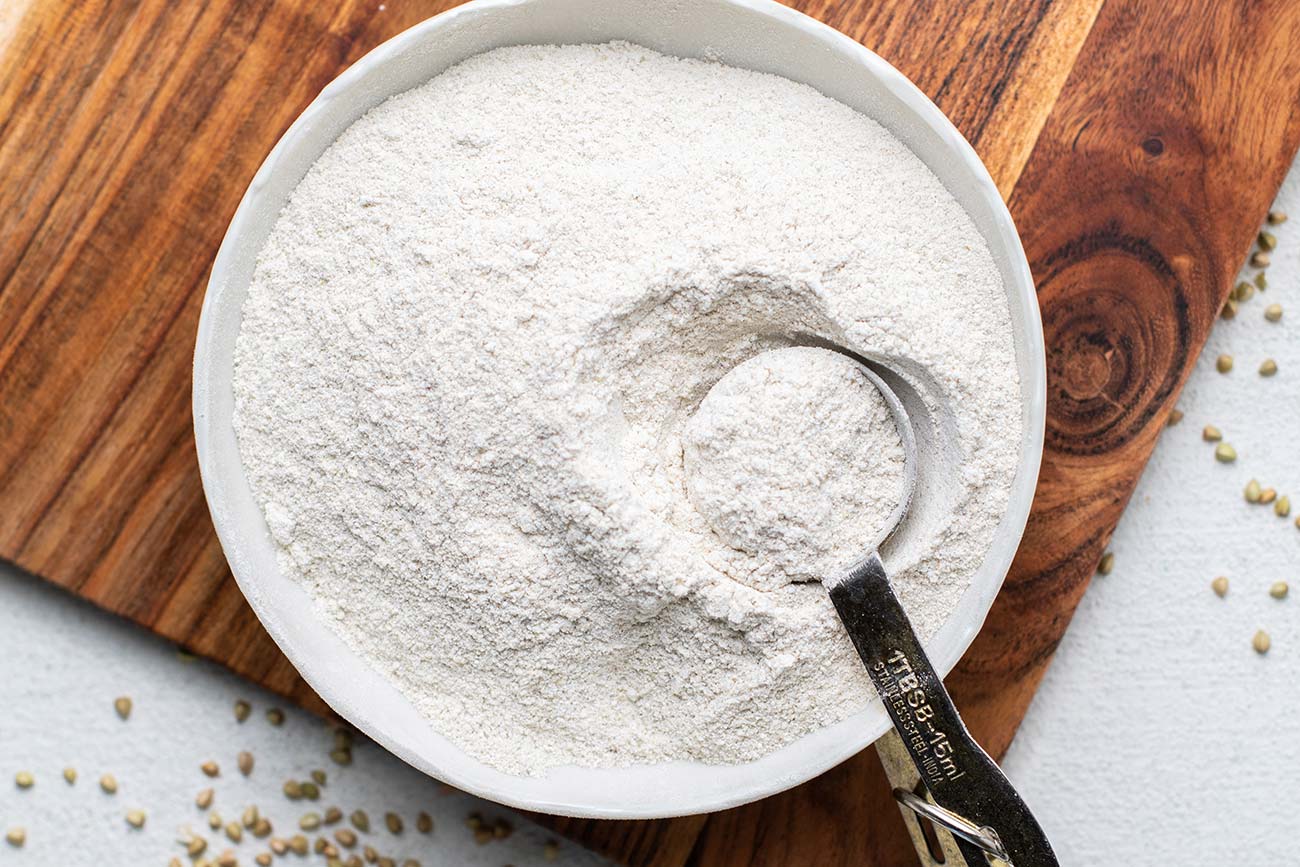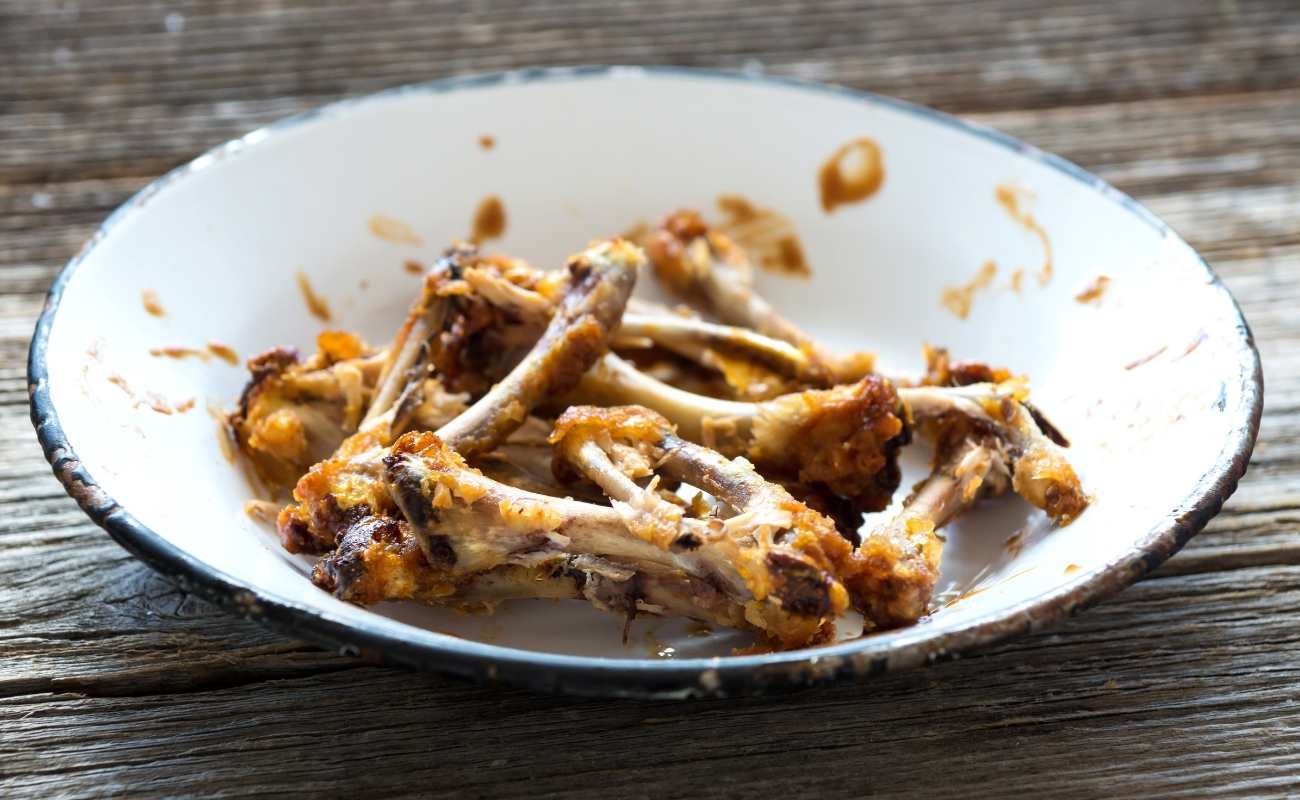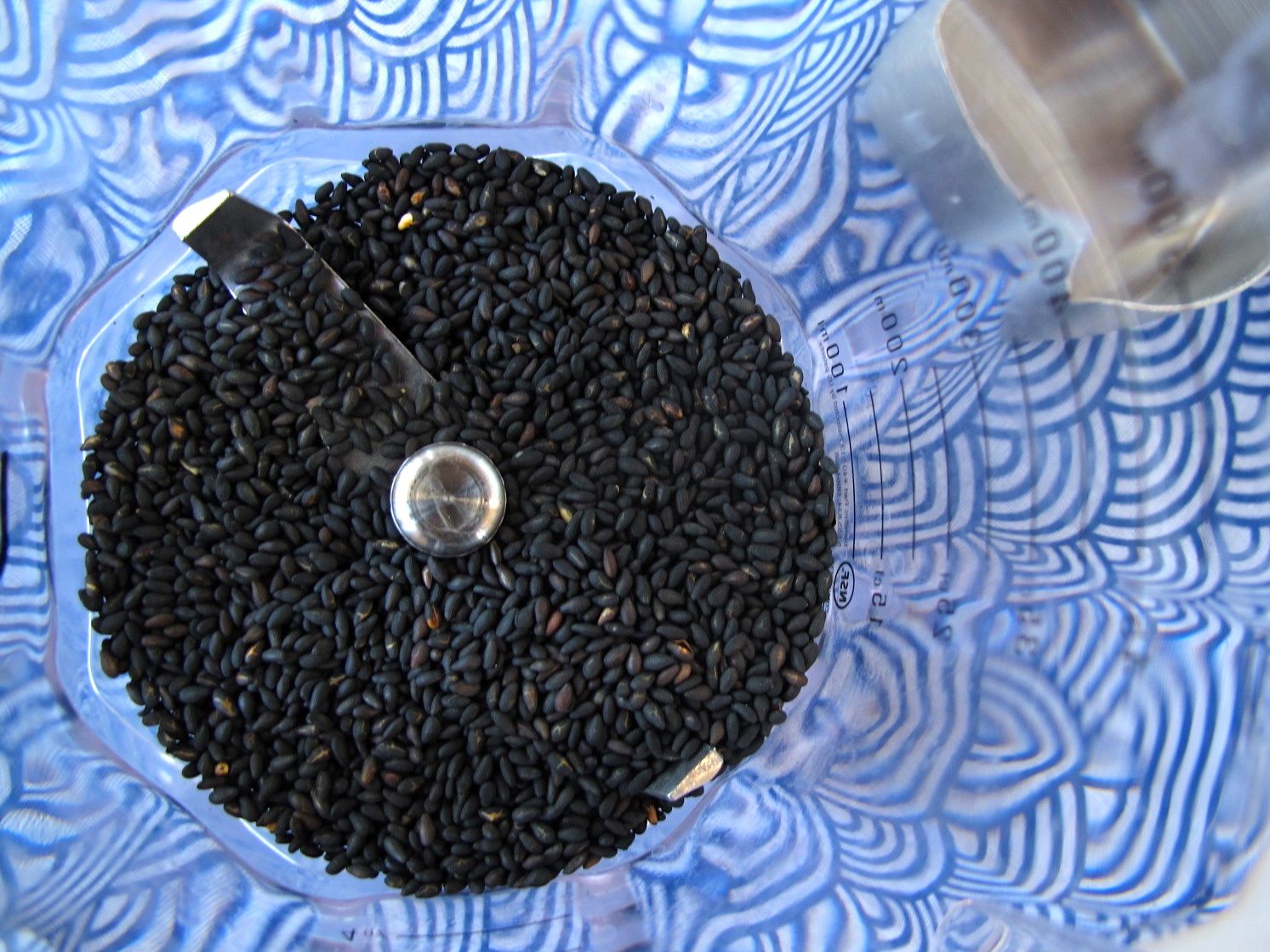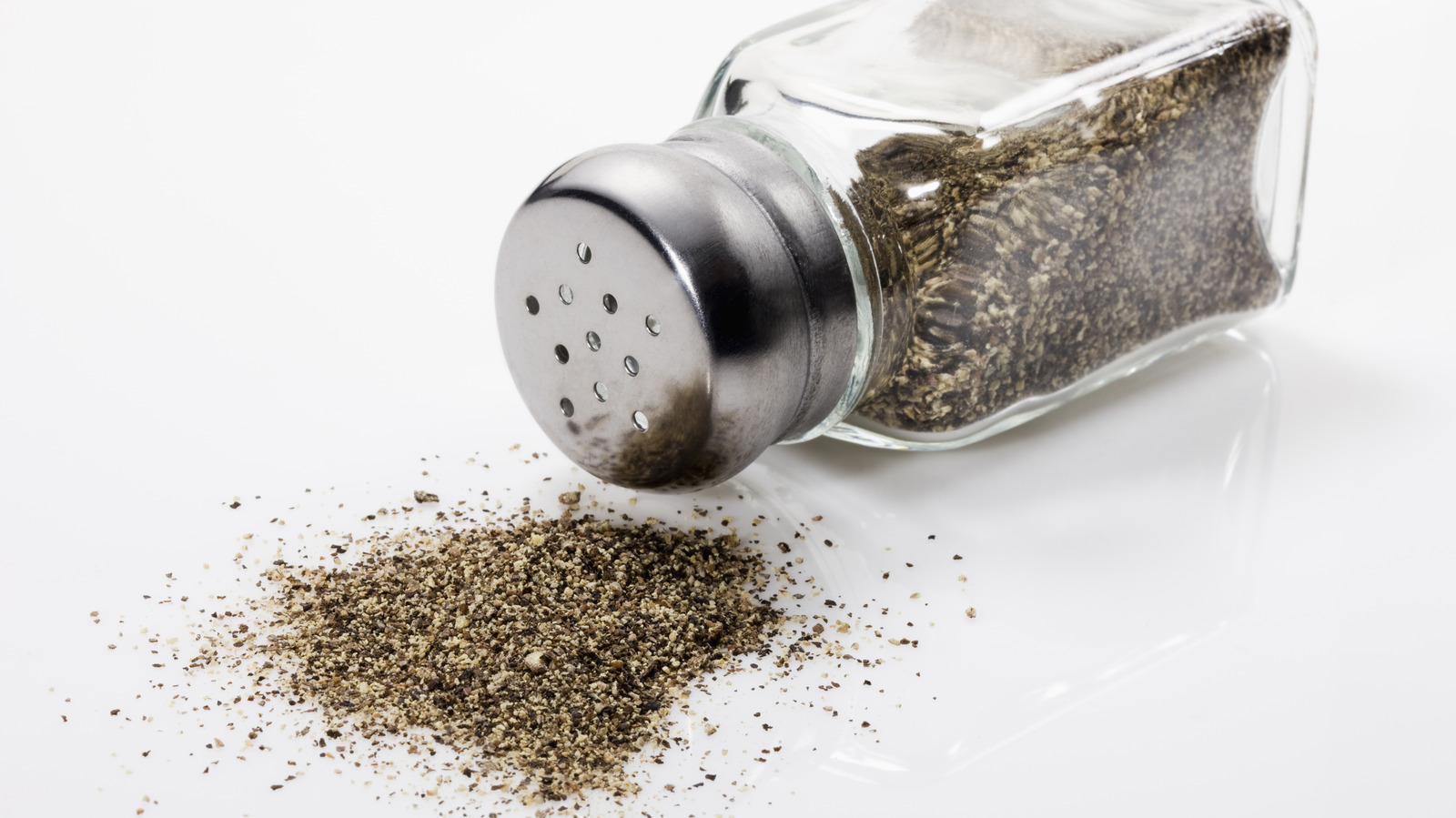Grinding cheese at home transforms dishes with freshness and flavor that pre-ground options can't match. Whether you're aiming for a fine powder to dust over pasta or a coarser shred for tacos and salads, mastering cheese grinding is simple. Key tools include a box grater for larger shreds, a rotary grater for finer textures, or even a food processor for bulk tasks. Opt for a block of your favorite cheese; harder varieties like Parmesan or Asiago work best for fine grinding, while softer cheeses like cheddar are ideal for thicker shreds. Ready to elevate your culinary creations? Let's dive into the art of grinding cheese.
Essential Ingredients for Grinding Cheese
- Block of cheese (Cheddar, Mozzarella, or your choice)
- Freezer bag or plastic wrap
- Grater or food processor
Must-Have Tools for Cheese Grinding
- Box Grater: Ideal for coarse or fine grating, depending on the cheese type.
- Food Processor: Equipped with a grating disk for quick and uniform results.
- Rotary Cheese Grater: Handheld option, perfect for softer cheeses and tableside service.
- Freezer Bag: Useful for chilling cheese before grating to make it firmer and easier to handle.
- Parchment Paper: Helps in collecting grated cheese without sticking, facilitating easy transfer.
- Kitchen Gloves: Protects hands from cold when handling frozen cheese and from accidental grates.
- Sharp Knife: Needed to cut cheese into manageable pieces before grating.
- Cutting Board: Provides a stable surface for slicing cheese prior to grating.
Grinding cheese at home? Freeze for 30 minutes before using a grater or food processor. This firmness makes for easier, more uniform shreds, perfect for melting or topping dishes.
The Importance of Grinding Cheese
Grinding cheese at home allows for freshness and flavor preservation, unlike pre-ground options. This process ensures quality control, letting you select from various cheese types to suit your taste or dietary needs.
Additionally, grinding your own cheese reduces waste. You can grind exactly what you need, minimizing leftovers and promoting a more sustainable kitchen practice.
Your Step-by-Step Cheese Grinding Guide
Step by Step Guide: How To Grind Cheese
Selecting Cheese
- Opt for hard or semi-hard cheeses like Cheddar, Parmesan, or Gouda. These types grind well.
- Ensure cheese is cold; freezing for about 30 minutes before grinding makes it easier.
Preparation
- Cut cheese into small cubes or chunks. Aim for pieces no larger than 1-2 inches.
- If using a food processor or blender, ensure it's clean and dry.
Using a Food Processor
- Place cheese cubes in the food processor.
- Pulse in short bursts until cheese reaches desired consistency.
- For finer grind, process for a longer duration.
Using a Box Grater
- Hold the box grater firmly on a plate or cutting board.
- Choose the side of the grater that suits your desired cheese texture.
- Grate cheese in an upward and downward motion.
- Keep fingers away from the grating surface to avoid injury.
Using a Blender
- Add cheese cubes to the blender jar.
- Use the pulse function to prevent the cheese from clumping.
- Stop and stir occasionally, ensuring even grinding.
Using a Microplane
- Ideal for finely grated cheese.
- Hold the microplane over a bowl.
- Rub cheese against the blades with gentle pressure.
Cleaning
- Immediately wash your grinding tool with soap and warm water.
- For stubborn cheese residue, soak the tool in warm, soapy water before cleaning.
Storage
- Store ground cheese in an airtight container.
- Refrigerate and use within a few days for best freshness.
Tips
- For easier grinding, freeze cheese slightly.
- Grind cheese in small batches to maintain consistency.
- Use immediately for best flavor and texture.
Mastering Cheese Grinding
Grinding cheese at home isn't just about saving a few bucks or showing off your culinary skills. It's about taking control of your ingredients, customizing textures, and enhancing flavors in your dishes. Whether you're using a box grater for a quick taco night or a food processor for a gourmet mac and cheese, the key is to choose the right cheese and tool for the job. Remember, freezing softer cheeses for a bit can make the process smoother, and always keep safety in mind. With these tips, you're well on your way to elevating your home-cooked meals and impressing guests with your kitchen prowess. So, grab that block of cheese, pick your tool, and start grinding away to add that perfect cheesy touch to your favorite recipes.
All Your Questions About Grinding Cheese Answered
Can I grind cheese using a regular kitchen grinder?
Absolutely! Most kitchen grinders are up to the task. Just make sure your cheese is cold enough to keep it from smearing. Harder cheeses like Parmesan or aged cheddar work best. Cut them into small chunks before tossing them into the grinder for an easier process.
What's the best way to grind soft cheese?
Grinding soft cheese can get a bit tricky due to its texture. Freezing it for about 30 minutes before grinding helps firm it up, making the task less of a sticky situation. Use a coarse grinding plate to prevent clogging.
Can you grind cheese in a food processor?
Sure thing! A food processor is a great tool for grinding cheese. Just pulse it in short bursts to avoid over-processing. This method works wonders for both hard and soft cheeses, giving you control over the grind size.
Is it cheaper to grind your own cheese?
Grinding your own cheese can save you some cash in the long run, especially if you buy cheese in bulk. Pre-grinded cheese often comes with a higher price tag due to the convenience factor. Plus, doing it yourself means fresher cheese with no added preservatives.
How do I store grinded cheese?
Keep your grinded cheese in an airtight container in the fridge. For best results, use it within a few days. If you've got more than you need, consider freezing it. Just know that freezing might change the texture a bit.
What's the difference between grinding and shredding cheese?
Grinding results in a finer texture, while shredding gives you longer, thinner pieces. Grinded cheese melts more uniformly, making it perfect for sauces and fillings. Shredded cheese is great for toppings where you want more texture.
Can I grind cheese for pizza topping?
Grinding cheese for pizza topping is a fantastic idea. It melts evenly, giving you that gooey, delicious layer of cheese pizza lovers crave. Mix different cheeses to create your own unique blend.
